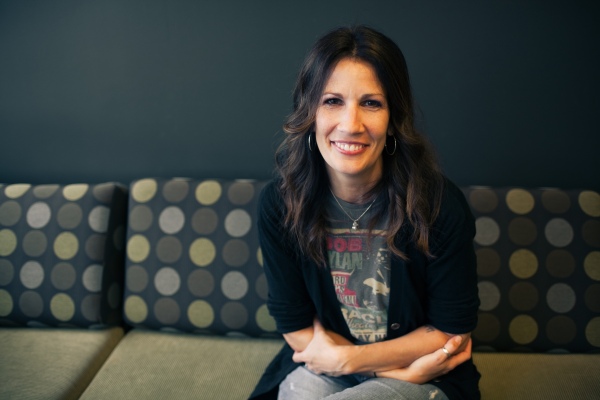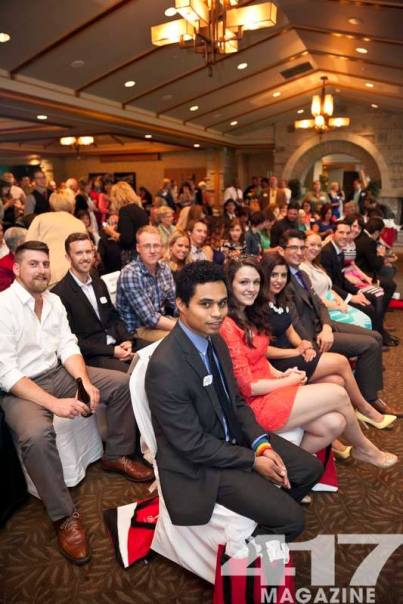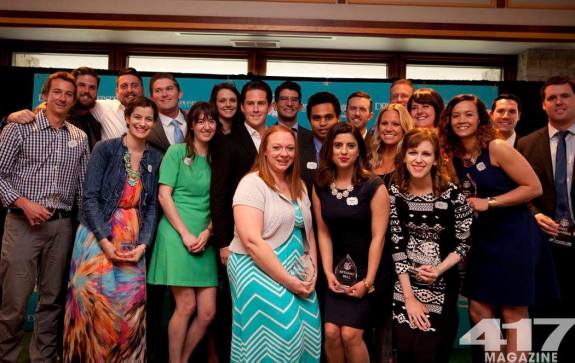Everyone has a morning routine, and more often than not, a daily stop for a fuel, breakfast or coffee. All the employees know your name and exactly how you like your nonfat hazelnut latte with extra foam. That simple errand or task is a sacred morning ritual laying the foundation for your entire day.
Imagine one Monday morning going into the same café you always go to on your commute. Barista greets you by name and you order the same drink as usual. However, today, when you go to take your first sip, your lips are met with a lump of wet, bitter coffee grounds. Distraught because it’s already Monday, you angrily tweet the café as you continue on your path to work. To your surprise, the café promptly responds apologizing for the bad morning and offering to make it up to you with a free coffee tomorrow.
Now, your attitude likely does a 180 turn and you have an unexplainable pep in your step. Not because the coffee magically tastes better, but because someone listened to you.

As this story illustrates, the no. 1 trend communicated at the 2015 Social Media Strategies Summit in Las Vegas was the importance of listening with intention on social media. This powerful strategy can revolutionize a brand’s social media activity by taking it from a bullhorn of corporate news to being a true community of company advocates. Listening takes many shapes and forms, however. Depending on the company’s goals, listening on social media can deliver authentic consumer insight, solve customer issues quickly, build genuine relationships, craft data-driven content or seize real-time opportunities.
LISTEN for Consumer Insight and Research
First and foremost, social media listening is an incredible research tool to gather real customer concerns – even if the company is not on social media. For example, Botox listened online to gather complaints, misunderstandings of the product and side effects. They then addressed that real feedback in their traditional marketing messages without sending a single tweet.
In another instance, a manufacturer lost distribution in a national fast food chain to a competitor. The company immediately started monitoring social media for positive or negative reactions to this menu change. They found that customers were extremely vocal about their distaste of this new product on the menu. Armed with that real consumer data, the manufacturer built key account presentations around this adverse reaction to land bigger and better chain relationships.
LISTEN to Solve Customer Issues Quickly
In addition to a research tool, social media has become an expected avenue for customer service. In fact, 70% of Internet users (age 45-60) expect brands to be responsive on at least three social networks, and as illustrated in my opening story, 87% will stay and purchase more if the support response felt quick enough.
One of the keynote speakers, Julie Hoffman of MGM Studios said it best when she said:
“Social media is an opportunity to give your customers back their time.”
To save you and your customers’ time, ask them for social media handles. By streamlining sales and online support, you make it easy for employees to “remember” a customer no matter how they decide to reach out. Because at the end of the day, we long to work with people who know us by name.
LISTEN to Build Genuine Relationships
Beyond research and being there for your customers, listening can be the gateway to authentic community building. Just like relationships in real life, it’s imperative to listen to your friends – not just talk at them.
At the SMS Summit, Mallorie Rosenbluth of Likeable Media summed it up nicely by saying:
“We have three screens and two hands, so we can see more than we say.”
Pure Barre is a great example of a brand doing this right. They do not only engage with fans talking about being sore from their workouts, but they also post relevant memes or gifs. Just like you’d send your best friend. While this tactic will not work for every brand, the heart behind it rings true for every company: it’s powerful when your customers know they are heard.
LISTEN to Craft Data-Driven Content
However, listening can be more than just a way to engage with customers; it can inform what content drives results. By tracking social media and current trends, marketers can craft content that is grounded in data and nearly guaranteed to drive results.
Another keynote speaker, Allen Gannett of Track Maven, put it this way:
“We’re trying to retrofit gut-driven marketing of the 1960’s to the digital age and it’s not working.”
Gannett also shared a story of how Netflix built the House of Cards TV series by analyzing all of their user’s watching habits and taking the most watched actor, director and genre. They bought two seasons upfront and everyone thought they were crazy, but the results speak for themselves. Since the show debuted, the company has gained 2 million new subscribers and 86% of users are less likely to cancel.

Source: Netflix
LISTEN to Seize Real Time Opportunities
The final way to use social media listening is to look for real-time opportunities to showcase your brand. Ever since Oreo’s infamous tweet during the 2013 Superbowl, brands have tried their hand at commenting on current events and news.
However, we can’t all be Oreo. In fact, some brands have gotten in trouble for “news-jacking” by inserting themselves into irrelevant online conversations. Before posting on that trending hashtag on Twitter, consider: “Are we adding anything meaningful to the conversation?”
One example of a company doing it right is when Walmart called out the New York Times on their corporate blog. The post pointed out the inaccurate claims the reporter made against the company in a humble, light-hearted fashion. This single piece of content garnered so much attention, Chad Mitchell of Walmart, was invited to discuss the topic at this year’s conference.
The Power of LISTENing
In the end, the time of pushing content and more content on our fans is over. From consumer research to crafting content that works, brands need to step back and invest in listening strategies on social media.
Listening and engaging online can be the difference between an angry customer tweeting about a terrible Monday with grinds in their coffee and earning a lifetime advocate because you solved their problem before the end of their morning commute.
Which company would you want to do business with?

This post was written by Bethany Bell. As the Assistant Public Relations Manager at deep food marketing group, Bell develops and executes PR and social media strategies for global food brands. Before joining deep in 2013, this Missouri State graduate was the Person in Charge of Getting the Word Out at Askinosie Chocolate, an artisan, bean-to-bar chocolate maker in Springfield, Missouri. Growing up in the coffee industry, Bell is also a strong advocate for supporting local.
 This post was written by Bethany Bell. As the Social Media Manager at deep food marketing group, Bell develops and executes PR and social media strategies for global food brands. Before joining deep in 2013, this Missouri State graduate was the Person in Charge of Getting the Word Out at Askinosie Chocolate, an artisan, bean-to-bar chocolate maker in Springfield, Missouri. Growing up in the coffee industry, Bell is also a strong advocate for supporting local.
This post was written by Bethany Bell. As the Social Media Manager at deep food marketing group, Bell develops and executes PR and social media strategies for global food brands. Before joining deep in 2013, this Missouri State graduate was the Person in Charge of Getting the Word Out at Askinosie Chocolate, an artisan, bean-to-bar chocolate maker in Springfield, Missouri. Growing up in the coffee industry, Bell is also a strong advocate for supporting local.









